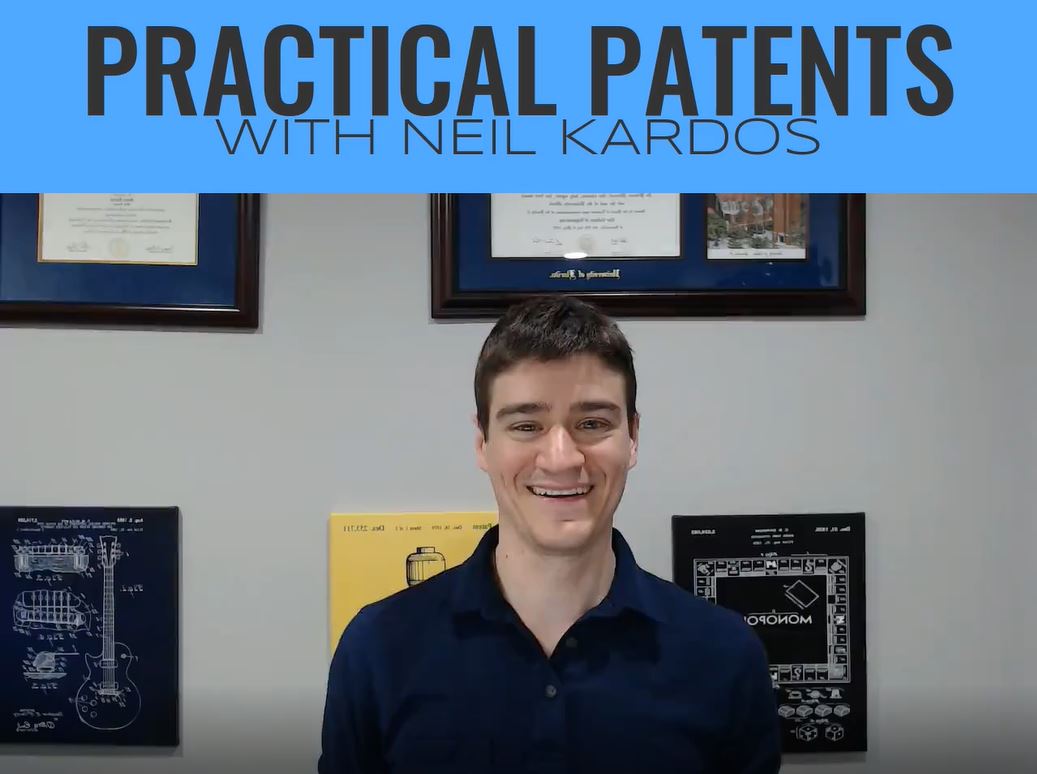Elevating Patent Clarity: The Strategic Use of ‘Threshold’ in Patent Drafting
In this edition of the Practical Patents series, we delve into the nuanced use of the term ‘threshold’ in patent language, guided by Neil Kardos. This exploration highlights the importance of precision in patent drafting, a critical skill in the art of protecting intellectual property.
In the meticulous realm of patent drafting, every word counts. The term ‘threshold’ might appear straightforward, yet its application in patents is anything but. Neil explains this with two insightful examples.
1. Achieving Precision Over Vagueness
Clarity is the cornerstone of effective patent drafting. Generic terms like ‘high’ and ‘low’ are laden with ambiguity, often leading to Section 112 rejections. Neil’s advice is to opt for phrases such as ‘satisfies’ or ‘does not satisfy a threshold.’ This method enhances clarity and strengthens the enforceability of the patent.
2. Broadening Patent Scope Through ‘Threshold’
In instances where an inventor provides a specific number or range, the term ‘threshold’ can be used to expand the invention’s scope. By defining these figures as examples of satisfying a ‘threshold,’ a patent can encompass a broader range of applications, enhancing its protective coverage.
Neil emphasizes caution in using ‘threshold.’ He advises against framing claims based solely on a value being ‘greater than’ or ‘less than’ a threshold. Such language can inadvertently open doors for competitive workarounds.
Instead, Neil recommends a more comprehensive approach: asserting that a value ‘satisfies the threshold’ or ‘satisfies a condition.’ This strategy, when combined with a detailed specification, provides a stronger, more defensible patent.
As we conclude this discussion, we’re reminded of the critical role precise language plays in patent law. Neil’s insights into the use of ‘threshold’ underscore the importance of thoughtful and strategic patent drafting.
Stay tuned for more insightful tips and tricks from Neil in our Practical Patents series! Until next time, happy patenting!
Note: This blog post is based on the opinions and observations of the author and should not be considered legal advice. Consult a qualified patent attorney for specific guidance on patent application drafting.
Want more tips? Check out other Practical Patents videos with Neil Kardos here!

